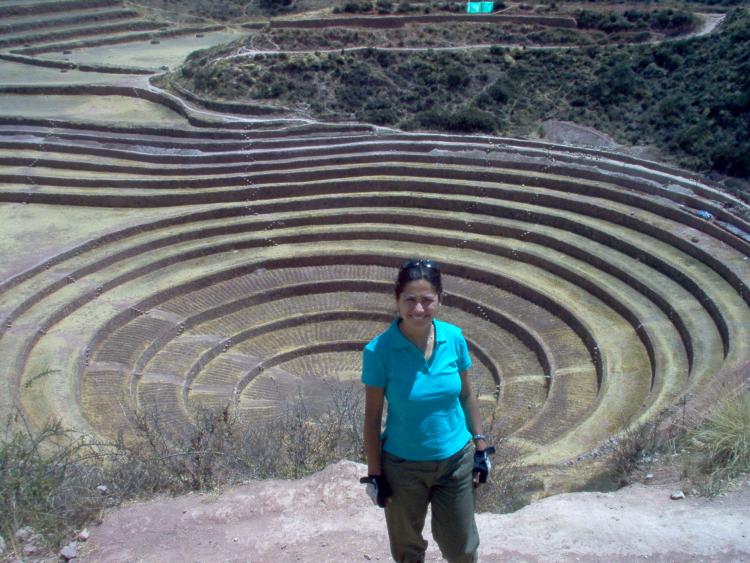CU Boulder to offer Quechua
A widely spoken Indigenous language of the Americas to fulfill undergraduate requirement starting spring 2021.
Since her debut in 2014, Dora the Explorer has become a huge hit with kids, featured not just on television and in books, but also on countless lunchboxes and school backpacks. Bilingual Dora travels the world seeking adventure with her monkey companion Boots, learning about interesting people, places and animals, and often helping others in need.
And when Paramount Pictures released the first live-action Dora adventure, Dora and the Lost City of Gold, in 2019, the little heroine had to expand her linguistic repertoire beyond Spanish and English to Quechua, an Indigenous language spoken in the Andes region of South America.
“Besides Spanish, Quechua is the most widely spoken language in the Andes, with about seven to eight million speakers,” says Leila Gómez, associate professor of Spanish and director of the Latin American Studies Center at the University of Colorado Boulder.

At the top of the page: A child in traditional garb in Cusco, Peru. Above: Leila Gómez, associate professor of Spanish and director of the Latin American Studies Center at the University of Colorado Boulder.
A native of the Andes in Argentina, while traveling frequently in the region for her research on archeological sites, Gómez studied Quechua in Cusco, Peru, becoming fluent.
“While I was doing research for my book on Yale historian Hiram Bingham and his explorations around Machu Picchu, I wanted to learn the local language, and not only the language, but also the philosophy that comes with it, the worldview of the people who speak Quechua,” she says.
And now, thanks to the Latin American Studies Center that Gómez directs, CU Boulder will become the first institution in this part of the country to offer Quechua as an option to fulfill the university’s undergraduate language requirement. It’s also the first Indigenous language to hold that distinction at CU Boulder.
“I know of a few other universities that offer Quechua or other Indigenous languages, but the highlight of this new program is that these courses will be offered in a sequence so they could be used to fulfil a core requirement,” she says.
Quechua instruction will begin spring semester of 2021, courtesy of a grant from the U.S. Department of Education to help preserve endangered languages, Gómez says. The grant will cover the instructor’s salary, training for professors, campus and community events, national and international speakers and scholarships for students to study abroad.
To launch the new program, Américo Mendoza-Mori, coordinator of the Quechua language program at the University of Pennsylvania, spoke remotely to a CU Boulder audience on October 17 about his role as a consultant on Dora and the Lost City of Gold.
“Américo made sure the script was respectful of the actual grammar and phonetics of Quechua, and not something merely folkloric or exotic, as we have seen in Hollywood,” Gómez says.
The film’s star, Isabela Moner, now 19, had to learn to speak the language for the role.
Many, many disciplines and departments can work with Quechua, from anthropology to international affairs and professional programs."
“Between scenes, I'd call my great aunt in Peru to ask her about certain phrases and how to say them in Quechua,” Moner toldForbes magazine in 2019. “I'm still trying to grasp the fact that Peru is finally being represented so largely in Hollywood because it never has before.”
The Latin American Studies Center also will host Indigenous Languages and Cultures Week in March 2021, featuring a host of academics, cultural producers and activists. The event is likely to be remote, due to continuing concerns about the COVID-19 pandemic.
“One advantage to that is that we can bring to the conversation people who are from very far away—South America and Europe, as well as the U.S. and Canada,” Gómez says.
Gómez is particularly excited about the interdisciplinary possibilities of the Quechua program.
“Many, many disciplines and departments can work with Quechua, from anthropology to international affairs and professional programs,” she says. “Learning Quechua can improve students’ career prospects in fields such as art, engineering, international development and more. More importantly, we are diversifying our curriculum, opening it to non-Western thought, and making it more inclusive of all peoples of the Americas.”

